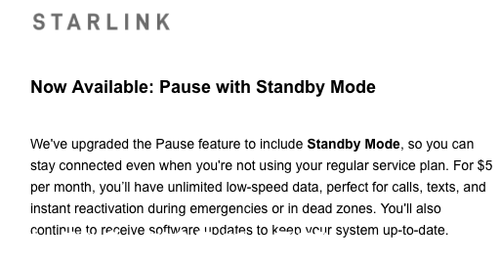Video Games At 30,000 Feet? Starlink’s Airline Rollout Is Making It Reality
In-flight Wi-Fi has long been notorious for being slow, spotty, and expensive. Well, that’s until Elon Musk’s SpaceX Starlink entered the skies three years ago. The low-Earth orbit satellite service has ignited a race among airlines to install high-speed, low-latency terminals, transforming the passenger experience. Now, gaming or even logging into a Bloomberg Terminal mid-flight is possible.
Tfue wins a Fortnite game at 40,000 feet using Starlink on Qatar Airways pic.twitter.com/Se5roYjFqe
— Dexerto (@Dexerto) May 12, 2025
Bloomberg reports a rapid adoption of Starlink among airlines, including United Airlines, Air France, Qatar Airways, Virgin Atlantic, and now Alaska Air. Sources say British Airways is also in talks to adopt the service, which delivers up to 200 Mbps download, 8 Mbps to 25 Mbps upload, and latency under 99 ms. This is a far cry from the dial-up speeds still common on most commercial jets.
According to the media outlet, Starlink’s next target is to be an early mover of high-speed internet for premium Gulf carriers such as Emirates, FlyDubai, Gulf Air, and Saudia. This would be a significant win for the company and game-changing for the massive long-haul fleets.
Starlink faces fierce global competition from EchoStar, Viasat, SES, and Intelsat. These rivals are defending market share and revamping strategies to strike new deals as the race over the $100 billion satellite communications market accelerates ahead of the 2030s.
The cost to install a Starlink aviation receiver on a Boeing 737 is approximately $300,000, while a 787 Dreamliner model totals around half a million per aircraft, according to documents reviewed by Bloomberg. Airlines pay upwards of $120 per seat monthly for the service, with an additional $120 for live television.
What’s important to note is that Starlink is a first-mover in the high-speed in-flight Wi-Fi market that airlines are rapidly adopting. Competition from Amazon’s Project Kuiper is not even a discussion at the moment.
At the moment, Starlink remains a division of SpaceX and has not filed for an IPO. No underwriters have been appointed, and there’s no confirmed timetable, despite Musk’s recent comments about a public offering “at some point in the future.”
Starlink has introduced a new $5-per-month “Standby Mode,” giving customers unlimited low-speed data for calls, texts, and instant reactivation during emergencies or in dead zones, according to a new company email.
The feature appears aimed at retaining subscribers who might otherwise cancel month-to-month service and only reactivate when needed. By keeping accounts active, Standby Mode could help stabilize Starlink’s subscriber base. This is likely a move that may carry weight ahead of a potential IPO.
Tyler Durden
Fri, 08/22/2025 – 05:45ZeroHedge News






 T1
T1


